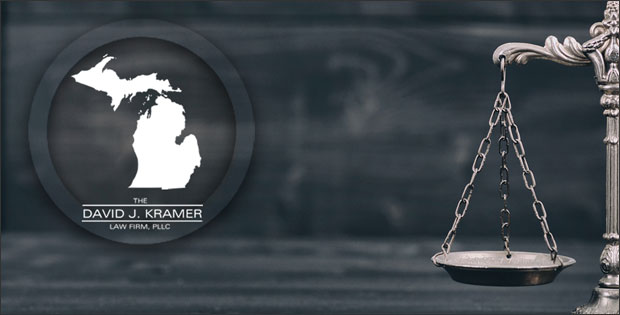
Have you heard the podcast, Stuff You Should Know about the so-called “satanic panic” from the 1980s?
Before listening to that story, you may be unaware of the far-reaching consequences this cultural phenomenon had until more recently. In a recent article about wrongful convictions, Jason Baldwin and the two other men convicted of murdering three 8-year-old boys. They were accused of killing the boys as part of a satanic ritual.
That was in 1993. The State of Arkansas used the testimony of a so-called expert and of a witness to make its case against the three teenage boys. The expert had not taken a single course to obtain his mail-order doctorate degree. The witness was actually lying to try to get out of being punished for a credit card scam.
Because of this facet of the West Memphis Three story, it would be an interesting to talk about the phenomenon of “satanic panic” and how it has changed. In addition, it is interesting to see how we find similar cultural phenomena cropping up in our country to this day.
The Clown Panic
Remember the clown panic that swept the nation a few years ago? The reports were of groups of evil clowns lurking in the woods trying to abduct children.
None of those reports turned out to be true. That is, there was no evidence to back up the stories. This is another instance of this phenomenon. One in which law enforcement had to remind people not to shoot other people just because they were dressed like clowns.
The Satanic Panic
However, the 1980s satanic ritual abuse allegations actually resulted in people going to jail. Some of the people are still serving sentences based on charges of activity the FBI eventually ruled was unfounded. According to Pacific Standard Magazine,
In 1992 actually, the Department of Justice published a monograph for investigators written by Kenneth Lanning, a Supervisory Special Agent with the FBI’s Behavioral Science Unit in Quantico, Virginia, that debunked claims of systemic ritualistic occult abuse in America.
But it’s not like these types of allegations disappeared overnight. There were many people making a living providing training to police departments about the satanic or occult activity.
Why?
It all started with a couple of memoirs. Michelle Remembers was published in 1980. It was a biographical account of the repressed memories of childhood abuse suffered by a woman named Michelle Smith.
The Canadian psychiatrist Lawrence Pazder had used a technique called regression hypnosis on Michelle Smith. It was, and is, a highly controversial technique used by some in the mental health professions, but widely called into question. This technique was how others “recovered” memories in those days.
However, other techniques, such as suggestive and leading questioning of small children, have been shown to account for many of the wild and dark allegations brought against daycare workers across the country.
Because so much of the attention was on children and the abuse of children, it was understandable that parents were afraid. Pazder and others like him became respected “experts” in the field of occult activity. They used the descriptions they gained from regression hypnosis.
Sadly, it caused so many innocent people to lose their freedom. Michelle’s story has been thoroughly debunked on many levels because of it.
Between 1984 and 1986, twenty-six people were sent to jail in response to claims made by two children in Bakersfield, California.
Frank Fuster, of Miami, is still serving out his jail sentence based on claims made by 20 children against him and his wife. The Amirault family, James Toward, and Dan and Frank Keller all served long sentences for crimes. They were charged because of the witness of children who had been treated using these kinds of techniques. And these are just a few.
Conclusion
It becomes clear that, as you look into even our nation’s more recent history, the general public, the media, and even prosecutors and witnesses can get the story wrong.
The story can go wrong in a big way and ruin the lives of innocent people. This can serve us as a reminder not to take what you hear at face value. Rather we need to see if it can be corroborated. If this step had been taken, a lot of these people wouldn’t have had to serve time in prison.
To listen to the podcast, Stuff You Should Know, please see Stuff You Should Know.
